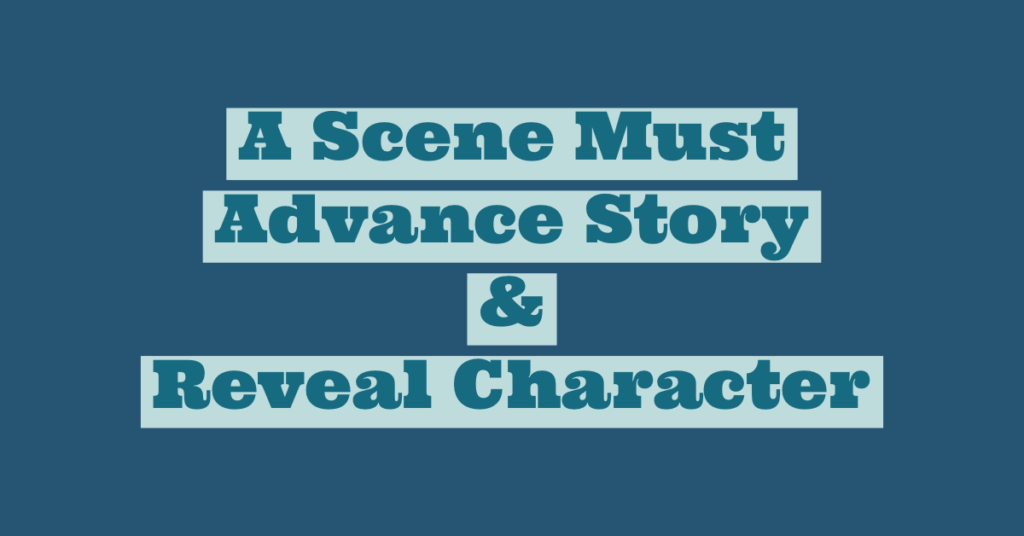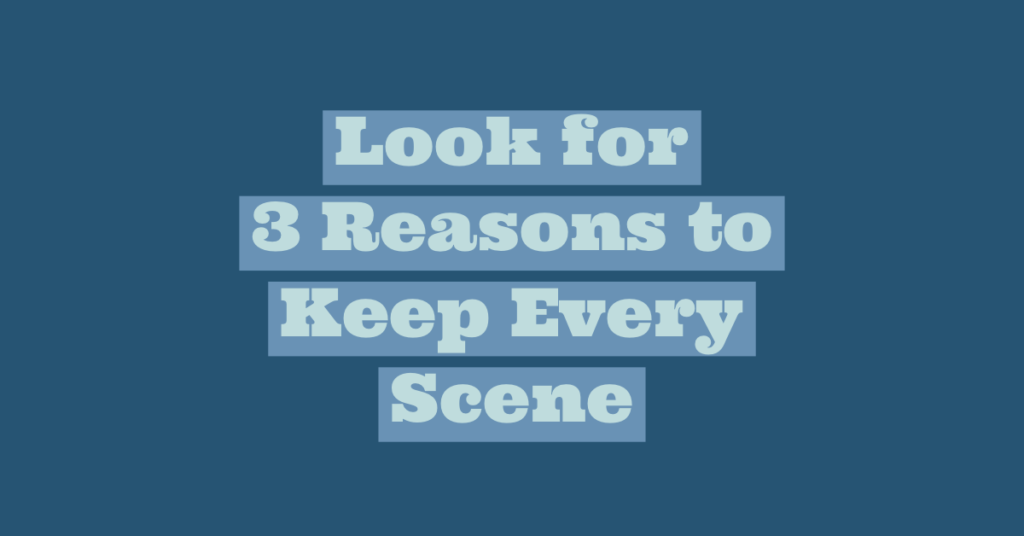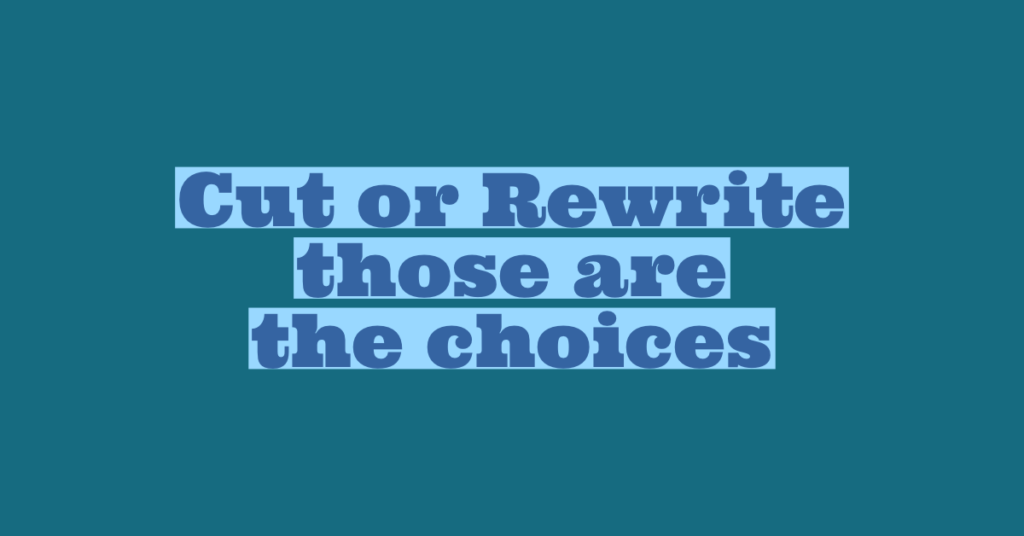Bob Tzudiker is a writer known for Newsies (1992), The Hunchback of Notre Dame (1996), and Tarzan (1999) and has written for every major studio. Bob is also an Adjunct Professor of feature film writing for the John Wells Division of Writing for Film and Television at USC’s famed School of Cinematic Arts.
In last week’s Blog we discussed WHY cutting is important (hint: momentum)… Now, we must discuss WHAT to cut!

… How do I know what to cut? I have a very simple rule: If I CAN cut it, I do. No matter how painful.
It doesn’t matter if I love some image in there, or a line of dialogue. I’m not writing to show how clever I am; I am telling a story. If I wonder if something should be cut, if it even occurs to me that maybe a scene should do more, I ask myself some questions… And I invite YOU to ask yourself the same.
So… take out your screenplay and answer the following questions scene by scene:
Step 1: Highlight the Scenes where your answer is “NO”
If I cut it….
- Will the plot be affected?
- Will I know less about my important characters?
- Will I miss some connection to the setting (time and place)?
- Will it have a negative effect on momentum? (This includes a necessary moment for the audience to catch their breath.)
Step 2: Do the scenes you highlighted Advance Two or More Story Elements?

The cruel truth is, every scene needs to accomplish at least two things in order to survive. A scene must advance the story AND reveal character. Or plot and setting, or any other pair of story elements. Even a beauty shot of a sunset can can work IF it also touches on the fundamental questions that give birth to the story.
Step 3: PAUSE! Does this scene deserve a rewrite?
If I’m still reluctant to let go of a scene that doesn’t meet the criteria, I rewrite it until it moves the story forward in multiple dimensions.

Kevin Lima (director of “Enchanted,” “Disney’s Tarzan” and other films) was the guest for my USC class last week. He looks for three reasons to keep every scene.

Cut or rewrite — those are the choices. Every scene has to earn its place. For me to invite a guest back to our home for a return stay, that guest needs to do more than just make me chuckle occasionally. That person has to engage me on a couple of levels, or at least do the dishes.
*Pro tip: these rules apply for Comedy and Action too…
This is one of the reasons comedy is so hard. Funny lines require setup, and it is hard to justify the time it takes to set up a joke.
The answer is ruthlessly the same, though. The joke must advance story and character, or you need a new joke. You can have one funny line after another in your script, but if they don’t conspire to make you care more, the laughs start to feel hollow.
Action films are no different. Take a look at the actioners you love (73 Best Action Movies of All Time, According To The Critics)… and it isn’t the size or frequency of explosions that make you fall in love. You will be feeling something for the character, too. Even the car chases should invoke other dimensions of the story. Cut or rewrite until they serve at least two masters. Or three, if you’re writing for Kevin.
REMEMBER: The god of screenwriting is named Momentum.
Leave a Reply